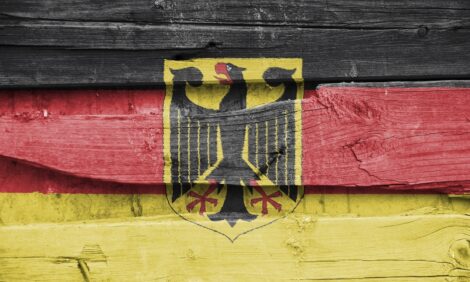



Dairy Cow Methane Emissions Measured by Lasers
SCOTLAND, UK - Scientists are measuring methane emissions using laser guns, aiming to breed cattle for lower emissions in future, according to research presented by Stephanie Smith at the British Society of Animal Science conference.The methane emission data was studied along with genetic data, to see whether cows inherit patterns of methane emission.
Measurements were taken from 207 Holstein-Friesian cows just after milking, housed at the Dairy Innovation Centre at Scotland's Rural Agricultural College (SRUC).
The laser gun works using two lasers. One measures the methane concentration in the air emitted from the animal, and the other is a visible laser to show location.
The laser gun operator must point the gun from 1m distance at the animal's nostril, and emissions are recorded twice every second over approximately five minutes. Ms Smith said that the majority of emissions come from a cow's mouth and nose.
Results of the laser measurements showed that the cows emitted methane in regular bursts.
The scientists' models showed evidence that cows' methane production could be inherited.
In addition, they showed a correlation between methane production and dry matter intake.
Ms Smith emphasised that any future breeding efforts would need to ensure that selecting for lower methane emissions did not negatively impact on other traits.
For example, lower dry matter intake would lead to smaller animals, and the size of the herd would have to be increased to compensate, negating any breeding decreases in methane.
However, she suggested that it may be possible to improve feed utilisation to get lower methane emissions without compromising on animal size, as methane emissions currently account for a loss of two to 12 per cent of food intake.



